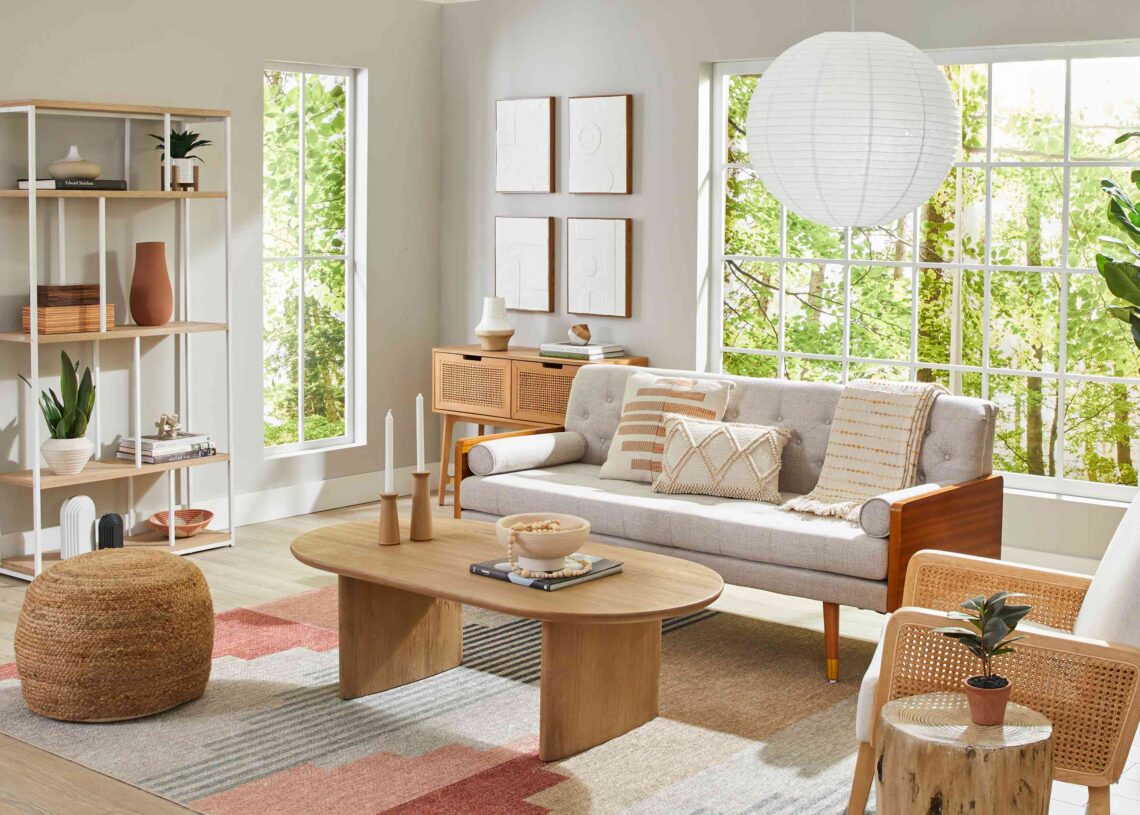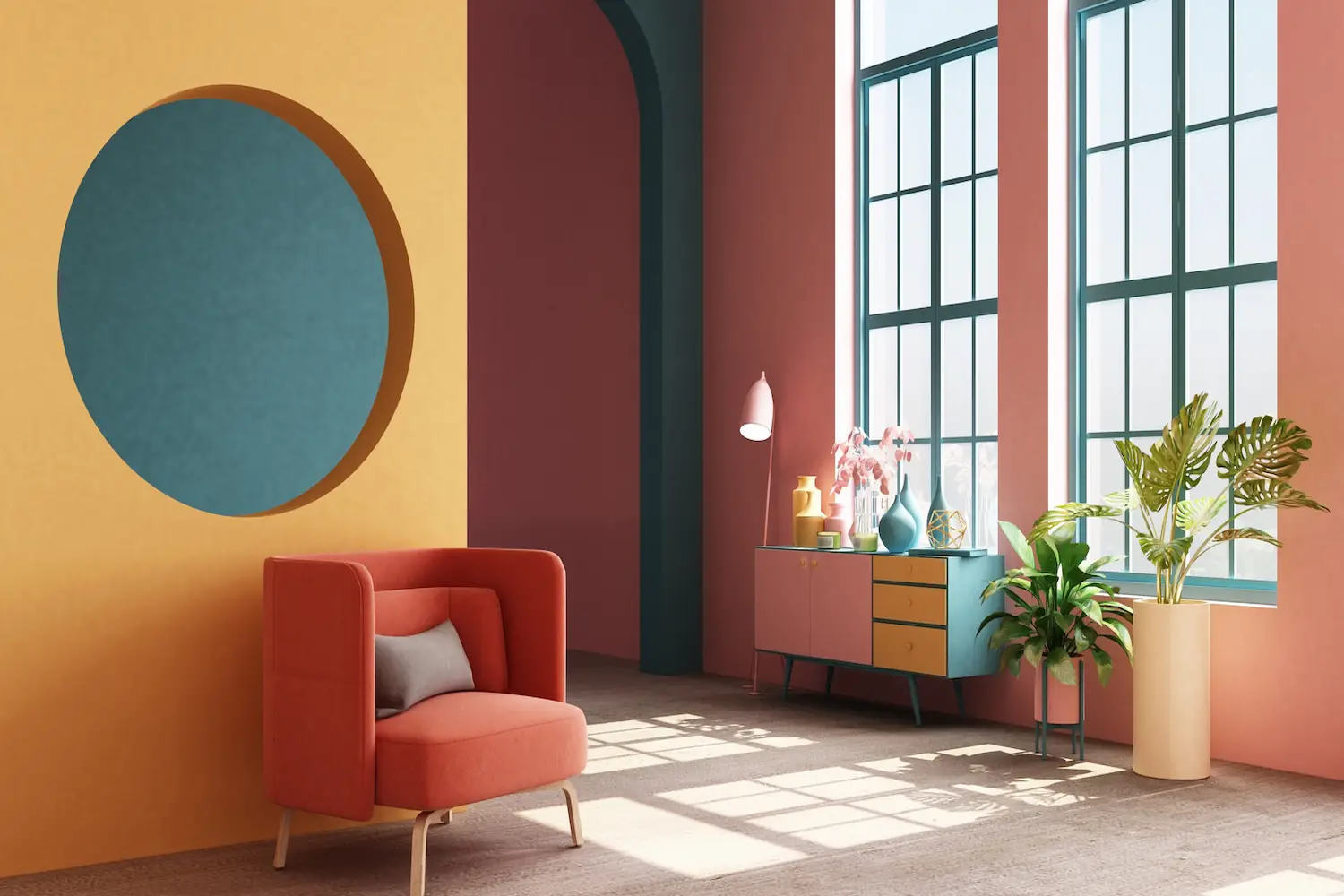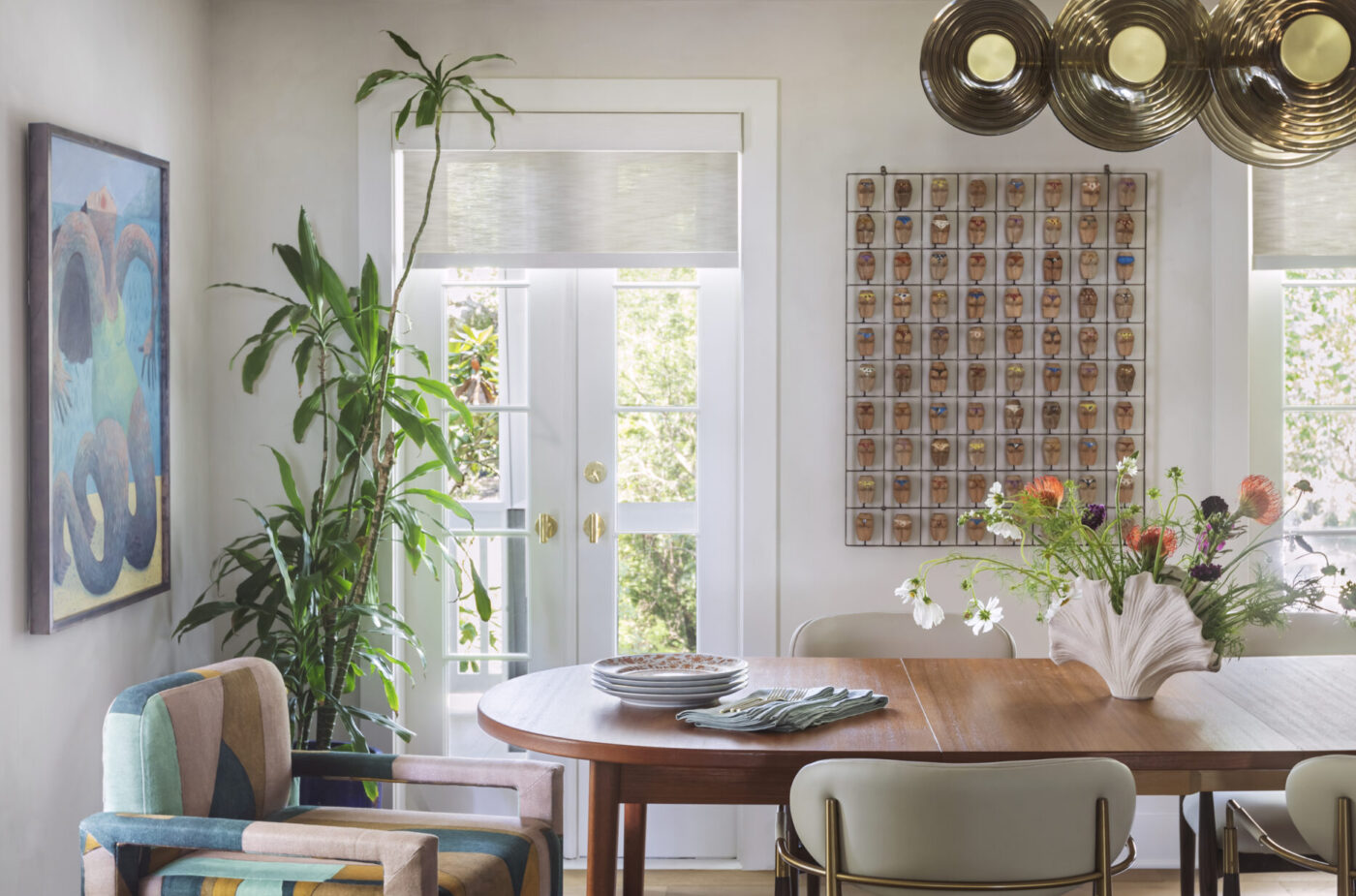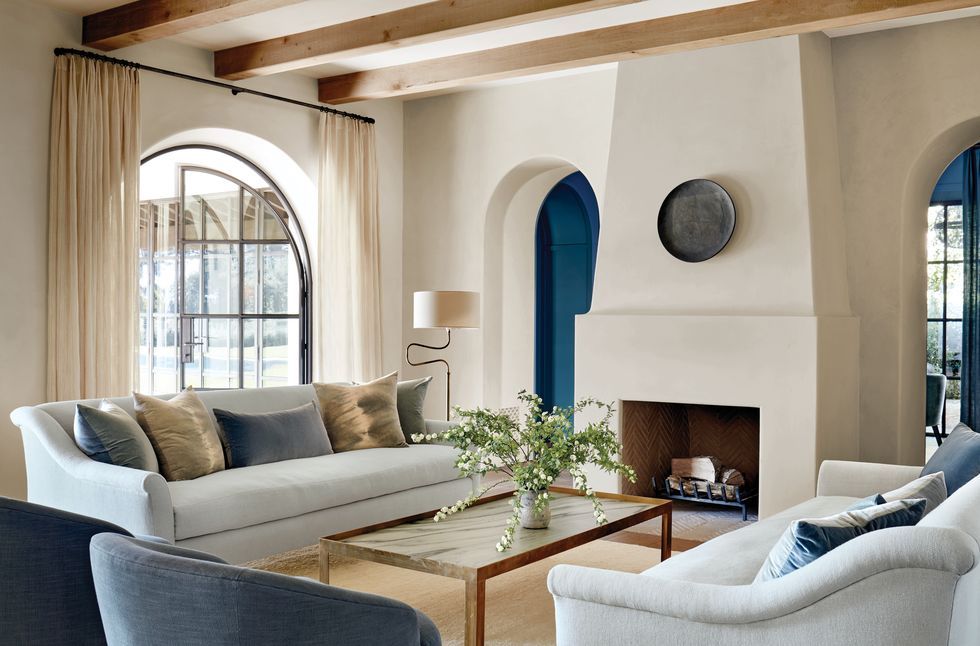
In increasingly busier lives filled with noise and chaos, today’s minimalist living room is an oasis—where each item has a function, and less is actually more. The minimalist style topped the list of 2025 interior design trends, not just for today’s fashion sense, but for the tranquility and simplicity it brings into today’s life.
But achieving a minimalist living room is more than just removing clutter. It’s about thoughtful curation, intentional space planning, and harmonious elements that reflect your personality—without overwhelming the senses.
Whether you’re furnishing a new apartment or refreshing your current space, here’s how to master the minimalist living room with elegance and ease.
1. Start With a Neutral Base
A minimalist room begins with a calming, neutral hue. Try warm whites, pale grays, taupe, and sand beiges. They are calming background hues that allow room, texture, and light to shine.
Advice: Combining neutrals in disparate textures (linen, wool, wood grain) adds depth without mess.
2. Spend on Functional Furniture
Function follows form in minimalism. Choose items with functions to perform multiple tasks—like a coffee table that is tastefully done and has storage, or a sectional sofa that is made up of movable units.
Choose furniture with clean lines, narrow profiles, and natural materials like oak, walnut, or matte metal.
3. Declutter, Then Curate
Rather than covering all bases, choose only the absolute essentials: a single piece of dazzling art, a sculptural light installation, or one vase of fresh greens. This allows the eye to breathe and provides each item with enough space to be allowed its own breathing room.
Minimalism isn’t about nakedness—it’s about self-control and intention.
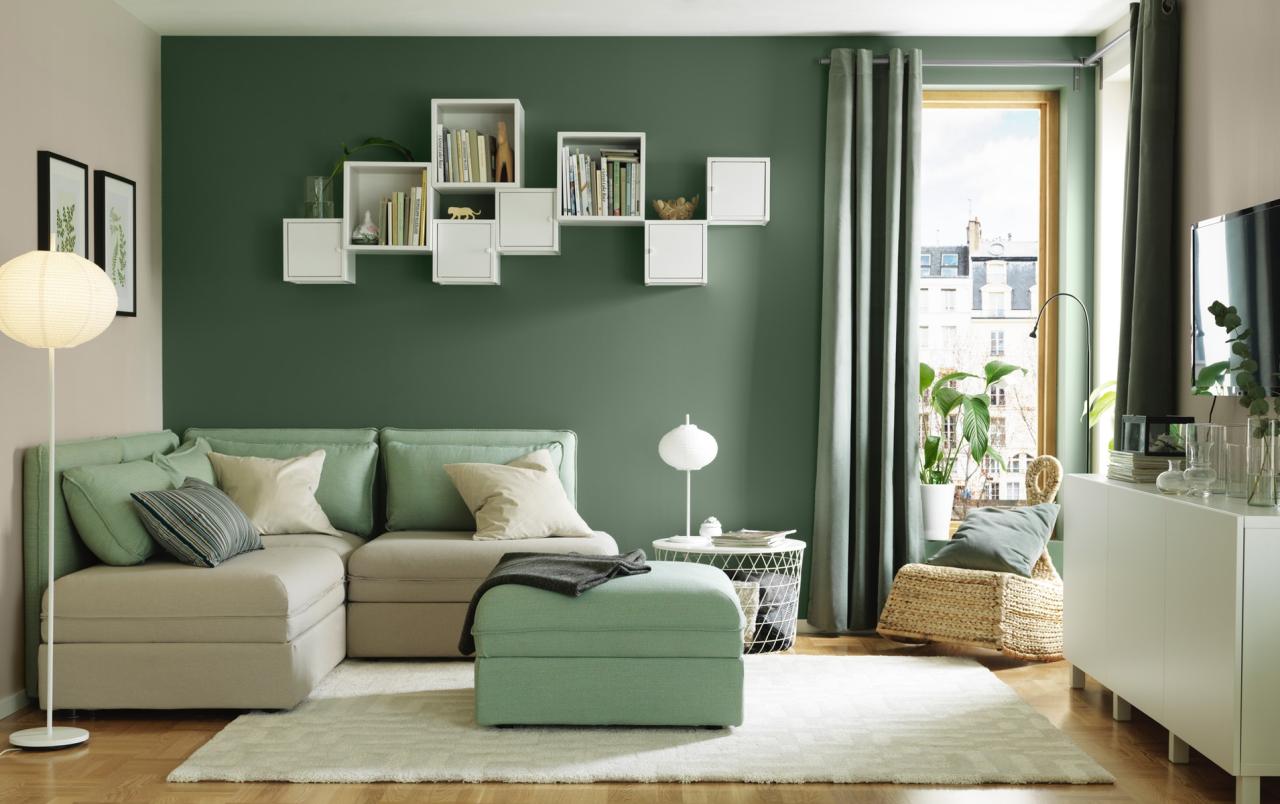
4. Let Light Be the Hero
Maximize natural light with sheer curtains, mirrors, or light-friendly surfaces. In the evening, warm up with warm, ambient lighting from floor lamps or hidden LEDs to maintain the warmth glow of comfort.
Lighting is not only useful—it’s architectural poetry in an empty space.
5. Bring Texture to Life for Warmth
To avoid a minimalist area from looking cold, include texture in the shape of rugs with fuzzy fleece, woven blankets, matte ceramics, or rough wood trim. The textures add warmth and equity to the otherwise bare silhouette.
6. Use Negative Space
Don’t be afraid of bare walls or bare floorspace. Negative space in minimalist home layout is a success factor—it gives the eyes a break and space for pieces to shine.
Use it as visual breathing room, contributing to serenity.
7. Make It Cohesive
Employ a cohesive color palette and design vocabulary in all of your living room. Form repeat (i.e., round coffee table, round mirror) or material (i.e., all matte black accent furniture) provides a unified, visually designer-whole appearance.
Final Thoughts: Minimalism as Lifestyle
A minimalist living room is not a design ethic—but an attitude. It’s a question of appreciating quality over quantity, presence over perfection, and calm over visual excess.
By prioritizing function, simplicity, and emotional connection, your living room is a daily retreat that can be decadent and unencumbered.


